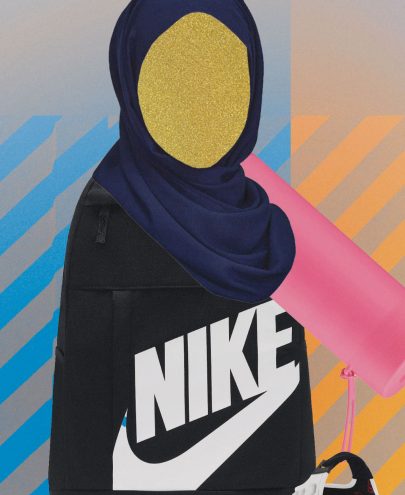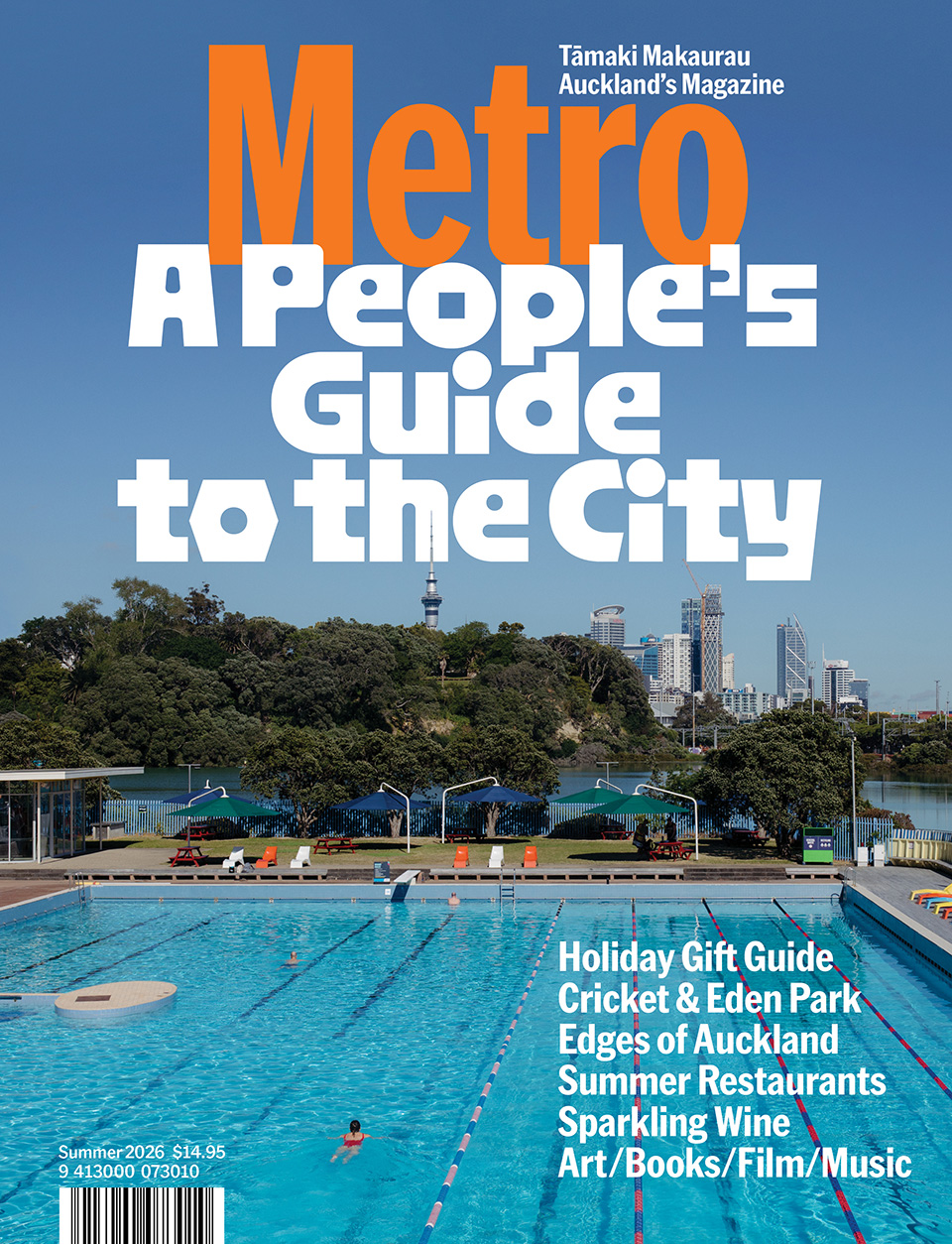Sep 15, 2016 Schools
Times are definitely better for queer students at today’s secondary schools, where support groups exist and identifying as a member of the rainbow community no longer means having to meet others covertly. But questions remain: how safe are our LGBTQA youth, and do they feel safe? Are our schools protecting not only their LGBTQA students’ physical health, but looking out for their mental health as well?
In the wake of the Orlando murders, “safe” for queer kids obviously means freedom from violence, but it also means freedom from judgment, abuse, rejection, mockery and humiliation.
While many Auckland schools have support groups and have taken proactive measures to create a safe environment, there are still plenty that haven’t, their position being that the issue doesn’t exist if no one has complained about it.
This is a problem, first because it fails to recognise that LGBTQA youth do exist (statistically, it’s incredibly unlikely any school has no queer pupils at all), and second because it doesn’t acknowledge the particular needs of the LGBTQA student.
As Toni Duder from LGBTQA support organisation Rainbow Youth points out, a school’s “duty of care is to that student”. On matters of health, wellbeing and basic safety, schools are supposed to take the initiative.
Westlake Girls High has done just that, with a board decision to build gender-neutral toilets. Westlake Girls student Vic Nicoll believes the move is crucial to students’ self-worth: “I feel like there are some trans students in the school who are scared to go the bathroom sometimes… Having neutral bathrooms makes us feel comfortable.” Gender-neutral uniform options are under student review.
Active support by senior leaders can make a crucial difference. When Westlake Girls principal Roz Mexted arrived in 2011, she made it clear that homophobia would not be tolerated among staff. She also helped the student-driven “diversity group” to gain visibility and legitimacy in the school. Every major LGBTQA initiative at the school has been led by pupils, from an annual Diversity Picnic to a clothing drive for Rainbow Youth’s “community wardrobe” for transgendered youth, to the gender-neutral bathrooms now under construction.
At Lynfield College, principal Steve Bovaird has thrown his support behind the school’s LGBTQA group, Skittles. Lynfield’s “cultural night” featured a stall for Skittles, and a trans student was allowed to amend their uniform so they felt comfortable (access to staff bathrooms was also granted).
Health classes at both Westlake Girls and Lynfield provide students with detailed information about sexuality and gender and use the free video resources of InsideOut to complement the curriculum.
For queer students, their parents and carers, it can make a world of difference.





